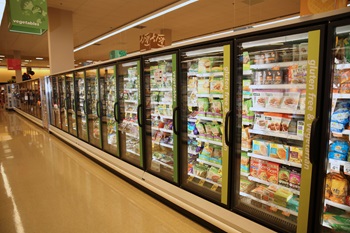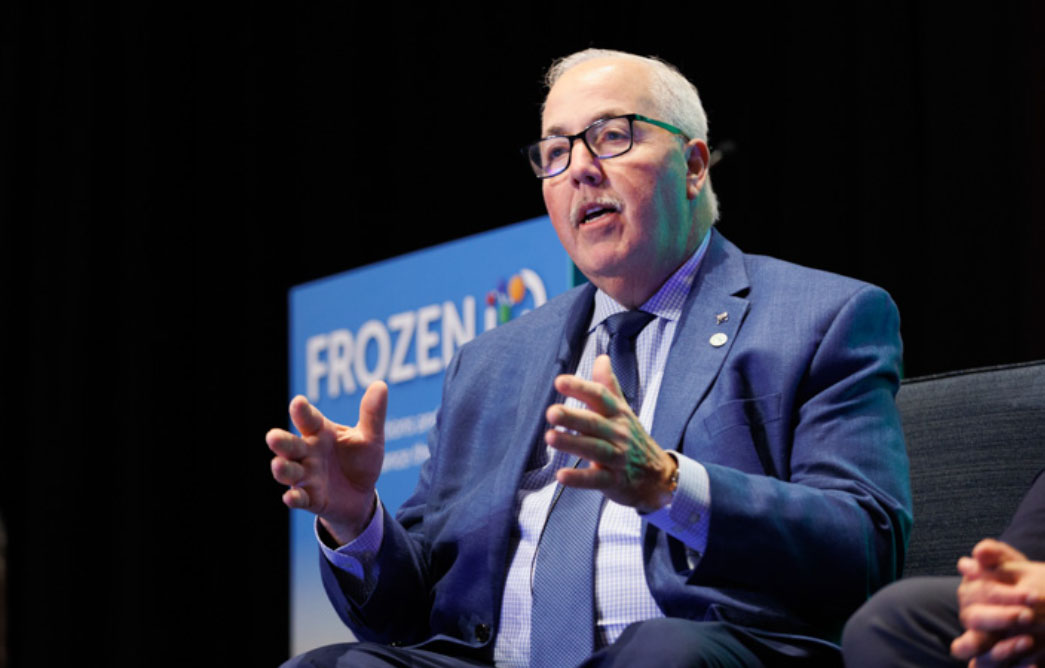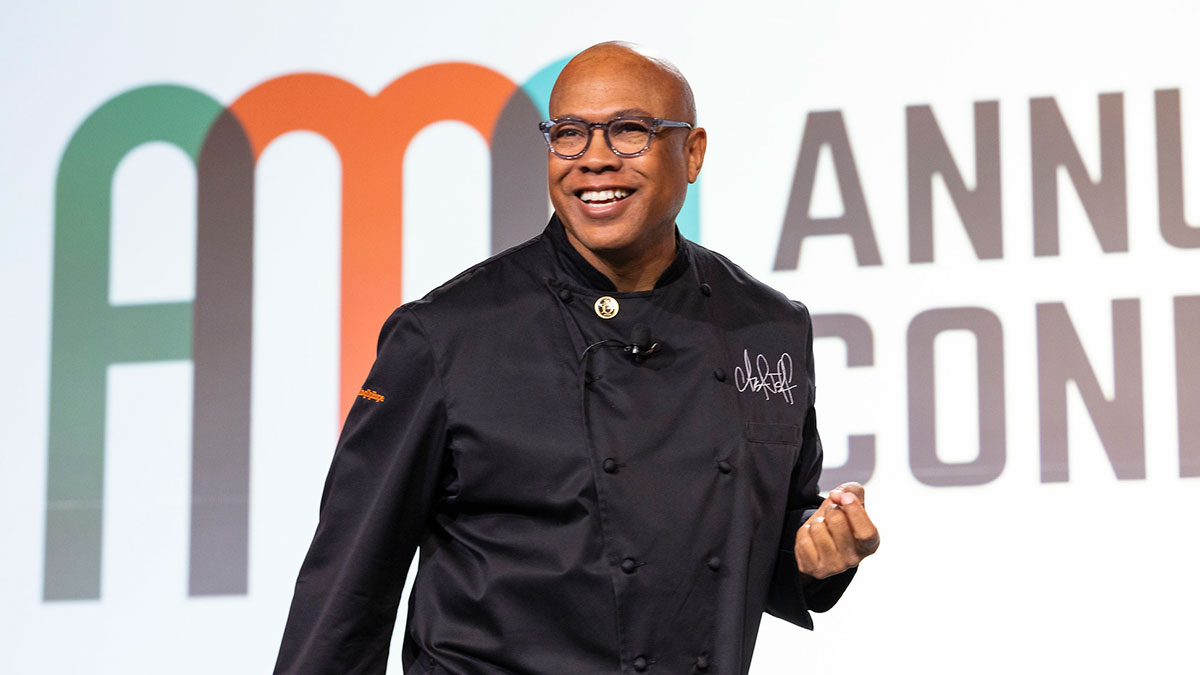By: Steve Markenson, Director, Research, FMI

I stood there in my garage in front of our additional freezer. We had bought it years before to help us efficiently feed the voracious appetites of our three active boys. But now I faced a dilemma. It was the early days of the COVID-19 pandemic and I had just returned from our club store with a full load. I ultimately managed to use my puzzle master skills to fit the full load of chicken breasts, ground beef, broccoli, carrots, pizzas, potatoes, etc. in what was now a newly cherished appliance.
Fast forward to this past month, when I have been working with our colleagues at the American Frozen Food Institute (AFFI) on our second Power of Frozen at Retail research report. As I reviewed the results of the consumer survey we conducted and the data provided by IRI, I could certainly relate to many of the insights we were uncovering. As a preview, let me share a few with you.
Increased freezer capacity.
We found from our survey 30% of respondents had increased their freezer capacity since the onset of the pandemic. I know many neighbors and friends who tried to do so but could not find additional freezers. Apparently, freezers were in as much demand as toilet paper and hand sanitizer.
Dramatic category growth.
As I reviewed the category data provided by IRI, I could relate to the 20% frozen food category growth along with the growth across almost every subcategory. Our household frozen food purchases are certainly up by more than 20%.
Increase in online purchases.
Like many, we were new to online grocery shopping at the onset of the pandemic. While we had our concerns about ordering fresh and frozen food, we gave it a try early in the pandemic. As the report highlights, frozen foods were not left behind in the migration to online grocery sales.
New categories.
During the pandemic, my household has certainly explored many new categories of food be they frozen, fresh or center store. The survey shows many shoppers purchasing new kinds and brands of frozen food.
Not just a backup.
For many Americans, frozen foods have generally served as a back-up solution. With restaurant access being limited, the pandemic has evolved that thinking for many.
Eating healthy.
Previously I had not thought of frozen foods as healthy eating, but that has changed for me and it seems for many Americans. There are an array of healthy food options in the frozen foods section. But sometimes it does not hurt to partake in one of those indulgent options during these trying times.
I have only scratched the surface of all the great insights in the Power of Frozen at Retail report. The full report will be released on February 18th in conjunction with AFFI-CON, AFFI’s annual conference. For more information, you can visit AFFI’s website. FMI members can register for AFFI-CON with the discount code REAC21. Of course, the report could not be possible without the support of its sponsors: Pictsweet, Wawona Frozen Foods, J.R. Simplot Co. and Firestone Pacific Foods.


 Industry Topics address your specific area of expertise with resources, reports, events and more.
Industry Topics address your specific area of expertise with resources, reports, events and more.
 Our Research covers consumer behavior and retail operation benchmarks so you can make informed business decisions.
Our Research covers consumer behavior and retail operation benchmarks so you can make informed business decisions.
 Events and Education including online and in-person help you advance your food retail career.
Events and Education including online and in-person help you advance your food retail career.
 Food Safety training, resources and guidance that help you create a company food safety culture.
Food Safety training, resources and guidance that help you create a company food safety culture.
 Government Affairs work — federal and state — on the latest food industry policy, regulatory and legislative issues.
Government Affairs work — federal and state — on the latest food industry policy, regulatory and legislative issues.
 Get Involved. From industry awards to newsletters and committees, these resources help you take advantage of your membership.
Get Involved. From industry awards to newsletters and committees, these resources help you take advantage of your membership.
 Best practices, guidance documents, infographics, signage and more for the food industry on the COVID-19 pandemic.
Best practices, guidance documents, infographics, signage and more for the food industry on the COVID-19 pandemic.
